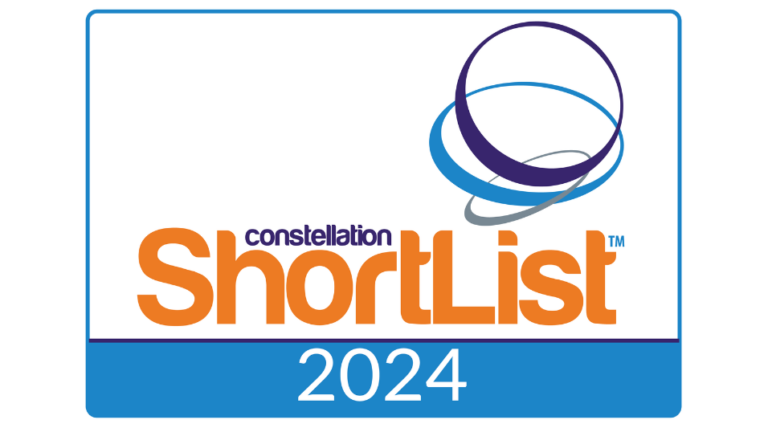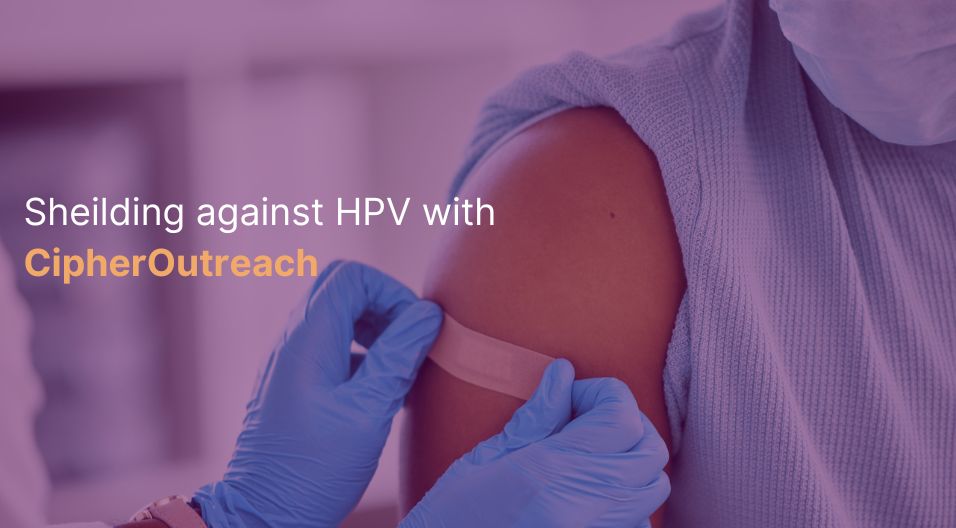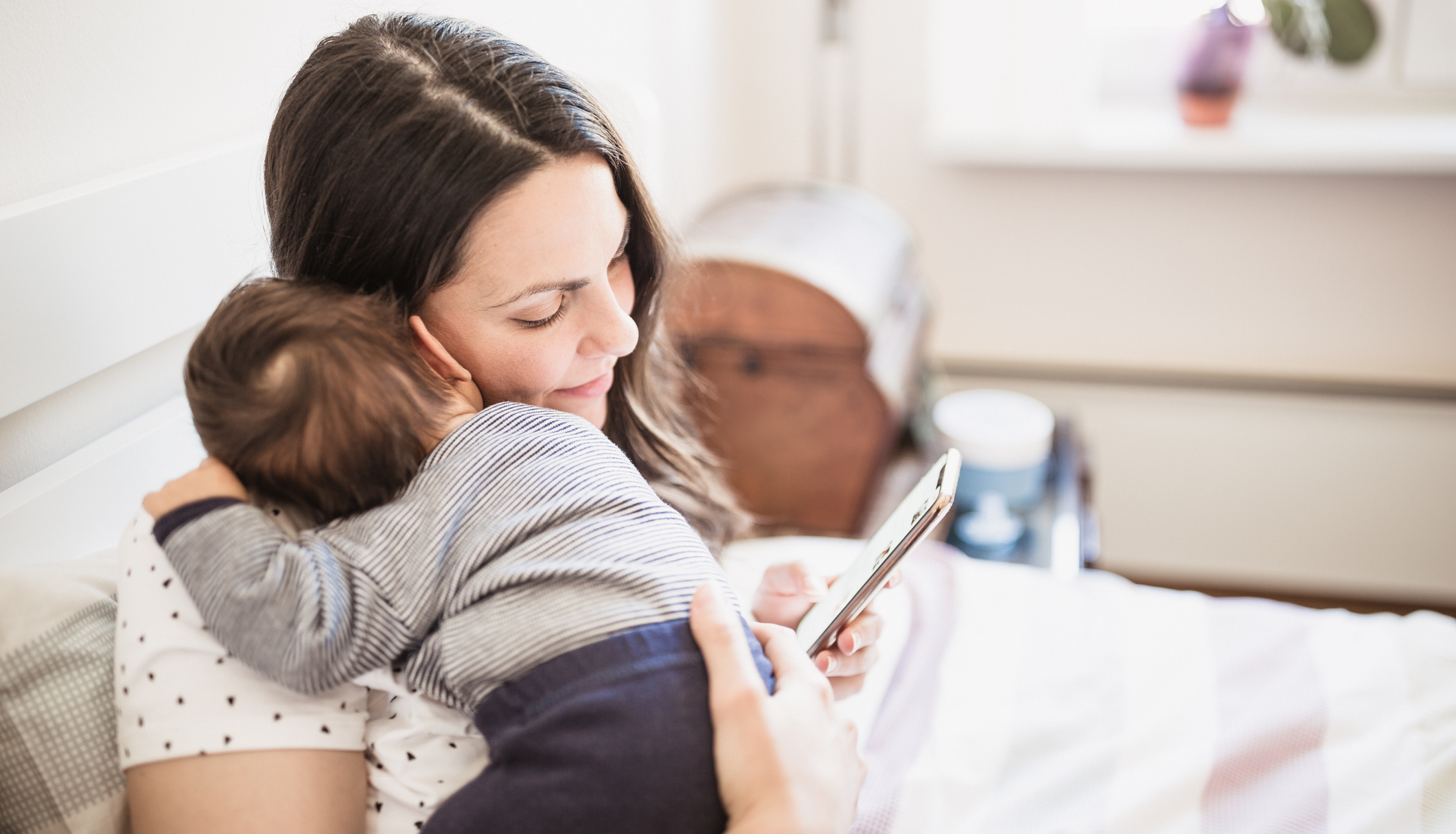Research points to telehealth adoption among consumers at 46%, up from 11% in 2019. Now that we are in a second surge of the COVID-19 virus, I would expect to see these numbers rise even more.
From a provider perspective, this translates to 50 – 175 times more telehealth visits, compared to pre-COVID-19 levels. Typically an industry known for lagging behind in digital transformation, healthcare has no other option than to embrace and apply new communications and collaboration technologies that enable agility and responsiveness during an unpredictable global pandemic.
As CipherHealth’s Chief Strategy Officer, I’m excited for the number of healthcare outcomes that will be improved as a result of digital strides resulting from COVID-19 that span across telehealth, asynchronous care, and remote patient monitoring.
Telehealth and Asynchronous Care
The term “telehealth” applies to a broad array of communication technologies used to deliver medical care. It is delivered through devices transmitting information between a provider and a patient, whether via phone, text, mobile apps, a patient portal, or videoconferencing. Traditionally, healthcare is delivered synchronously, meaning, in real-time, usually at a provider’s office, or now, via a telehealth consult.
The pandemic has taught us that much can be accomplished when you aren’t face to face. With the ubiquity of connected medical devices, the possibilities are truly limitless for asynchronous communication.
Instead of scheduling an in-person appointment, a patient can use her preferred channel to alert her PCP about a change in her health status for non-emergent care. The PCP can then choose a time each day to respond to all of the messages that come in from patients – that’s an incredible time saving. What’s more, instead of scheduling a 45-minute video conference, the technology can be used for a 5- or 10-minute check-in that can address something that arose during an asynchronous communication.
For the patient, having the option for her provider to respond within the next 12 to 24 hours, as opposed to waiting days or weeks for an in-person appointment, is an obvious benefit. It can lead to overall improved outcomes, greater efficiency, and significant cost savings as more patients can be managed by fewer providers, and costly visits to the ER can be avoided.
Telehealth and Remote Patient Monitoring
Imagine sending your PCP an alert at night that your respiration rate increased by 30% compared to the previous night. She sends you a text in the morning asking questions like: Did you drink alcohol last night? Did you have too much coffee? She asks you to check your blood oxygen levels as well. This can be an early sign of COVID-19 so she might ask if you want to come in for a COVID-19 test or go to your local urgent care facility to get one. Interactions like this, made possible through remote patient monitoring devices, such as home pulse oximeters, blood pressure cuffs, and even fitness wearables, are especially important now during a COVID-19 surge when staff capacity is limited and patients are either reluctant to schedule new appointments or restricted from booking non-emergent appointments.
I can envision the day when large employers are paying for all of their employees to have smartwatches, Fitbits and other kinds of IoT medical devices that monitor vital information to predict or identify issues before they become serious. The advancement of remote patient monitoring devices is something we’re on the cusp of and will be key to the evolution of telehealth.
Once information is exchanged between the provider and the patient, whether through asynchronous or synchronous telehealth, engagement with the patient is far from over. Determining the appropriate level of care post-visit or post-interaction can also be accomplished through telehealth.
The Evolution of Telehealth
Telehealth has a clear ROI for both patients and providers. However, it remains to be seen how providers will solve for the appropriate routing of patients into and out of virtual care. Questions will arise, such as:
- How do I know when it’s ok for a patient to receive a telehealth visit?
- When does he need to come into the facility and why?
- How do I know when a patient has reached a milestone where he can no longer receive virtual care and needs to come in for an in-office visit or lab test?
These are critical questions that will need careful consideration in order to achieve the best possible outcomes at the lowest cost. The interesting challenge for health systems will be figuring out how to effectively use a telehealth strategy in concert with their existing software systems. A major component of this is patient engagement – staying in touch with your patients, communicating with them, and understanding their preferences for how and when to receive treatment. Despite the pending challenges, telehealth will ultimately end up being a very important modality in terms of how people access care.
Are You Ready for the Future of Telehealth?
Maintaining close communication with and focusing on continuity of care for your patients has never been more challenging than now, as COVID-19 cases continue to rise. The key to meeting patient needs today is cultivating relationships by communicating with them at the right time, the right place, and with the right modality.
Whether synchronously or asynchronously, regular follow-up care with patients to resolve minor issues and prevent greater complications down the road is perhaps the biggest reason to implement or enhance your telehealth options now. CipherHealth provides a patient engagement platform that powers many critical interactions, such as appointment reminders for telehealth visits, broadcast messages to inform large population groups about telehealth services’ availability in particular markets with specific providers, and text outreach to patients post-discharge to schedule a telehealth appointment.
Until we reach the point where patients are fully equipped with remote monitoring devices to play an even larger role in their own healthcare, it’s incumbent upon providers to ensure continuity of care and improved outcomes using digital patient engagement.
Learn more at info.cipherhealth.com/telehealth.
Read our first post in this series, “Can Telehealth Help Bridge the Gap in Healthcare Inequalities?”








